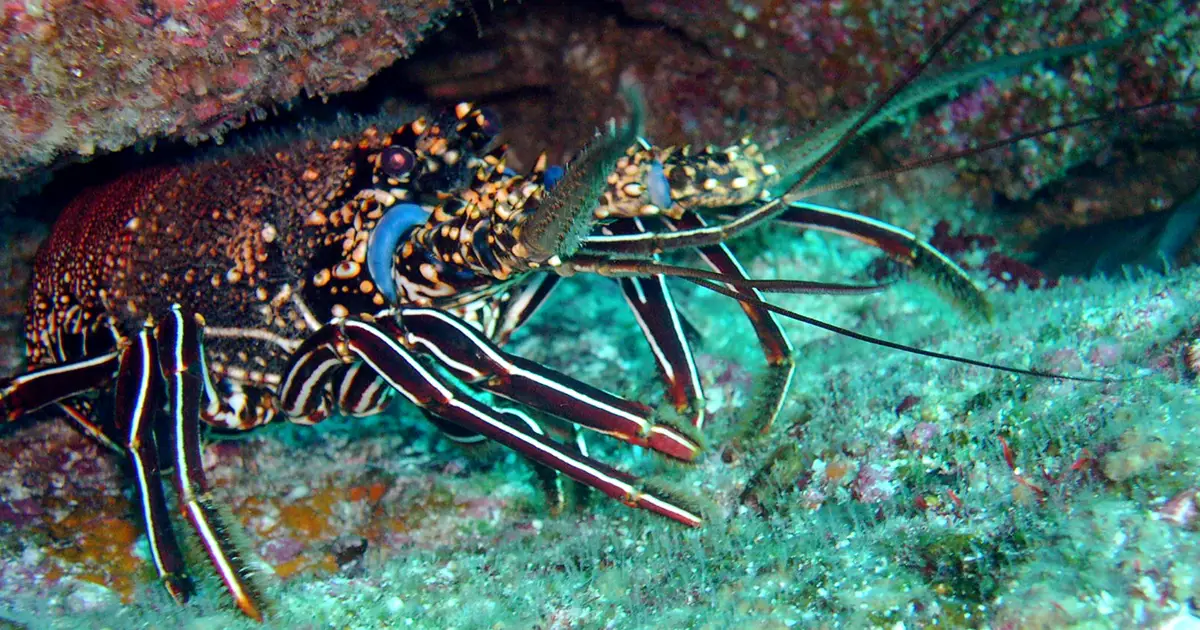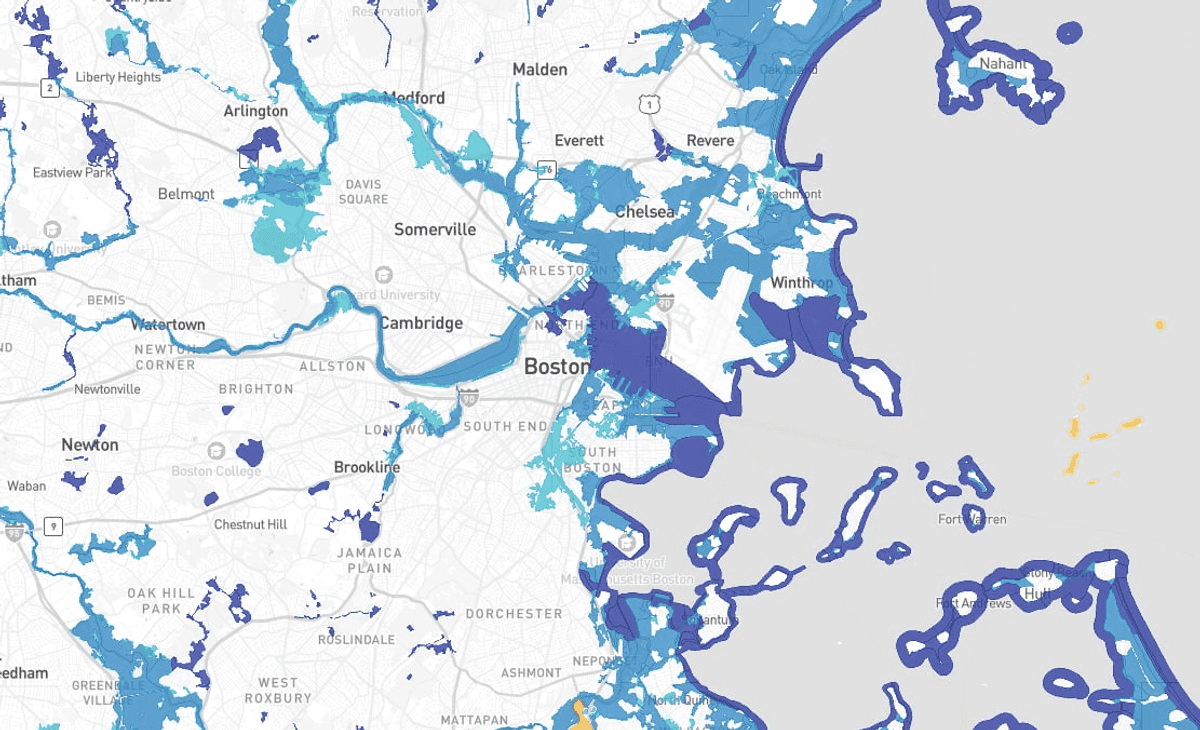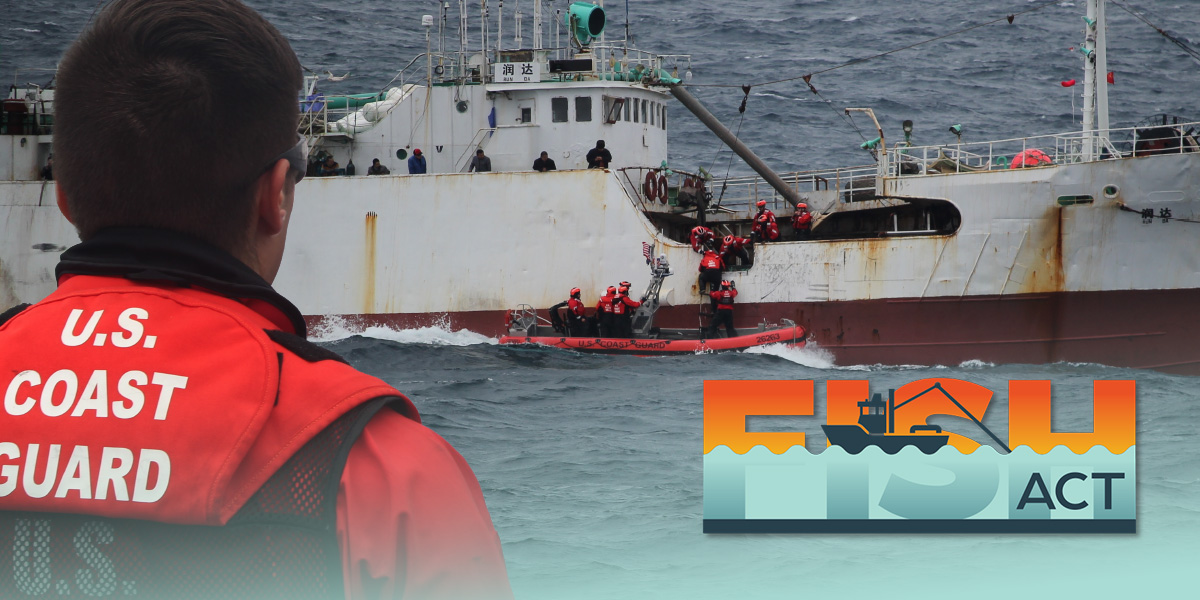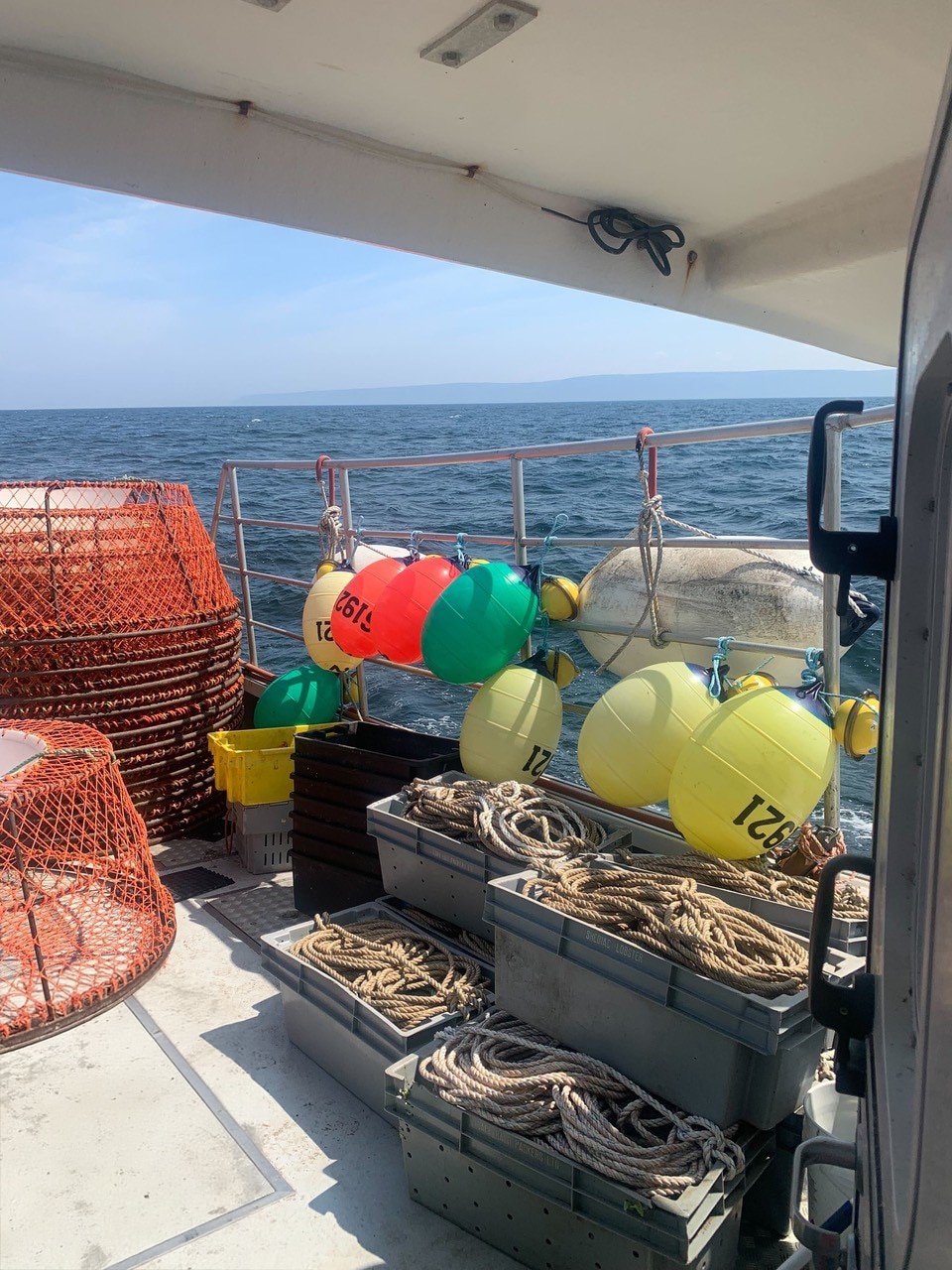Cleaning Up Aquaculture: Joint Project Takes on Plastic Waste from Oyster Farming in Hiroshima Bay – nippon.com
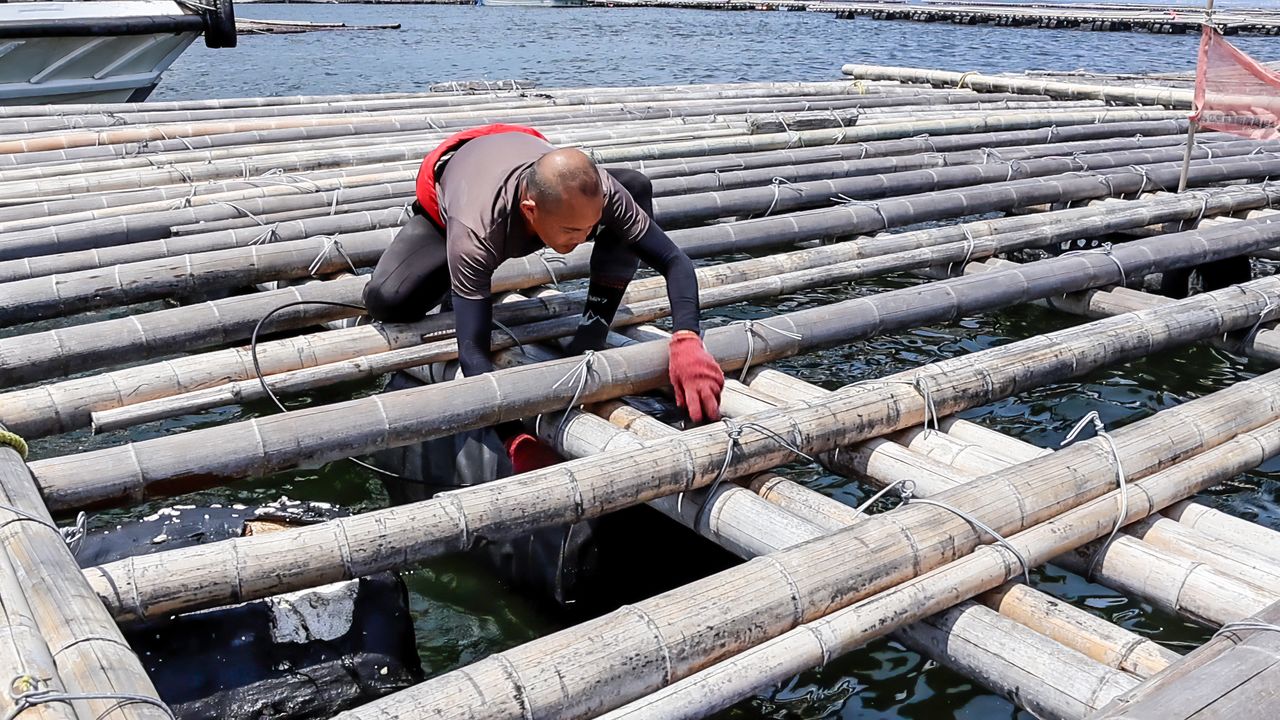
Report on Marine Waste Reduction Initiatives in Hiroshima and Alignment with Sustainable Development Goals
Plastic floats utilized in oyster farming have been identified as a significant contributor to marine pollution in Hiroshima Prefecture. This report details a multi-faceted initiative aimed at mitigating this environmental issue through equipment upgrades and enhanced monitoring, directly contributing to several United Nations Sustainable Development Goals (SDGs).
Strategic Framework: The Setouchi Oceans X Project
The “Setouchi Oceans X” project, a strategic partnership established in December 2020, represents a significant commitment to achieving **SDG 17: Partnerships for the Goals**. This collaboration involves:
- The prefectures of Hiroshima, Okayama, Ehime, and Kagawa
- The Nippon Foundation
The project’s primary objective is to achieve “Zero Marine Waste” in the Seto Inland Sea, directly addressing **SDG 14: Life Below Water**. It aims to manage the estimated 388 tons of annual coastal waste by recovering the 86 tons not currently collected by public agencies and implementing preventative systems.
Community Engagement and Waste Collection Efforts
A large-scale cleanup on July 5 demonstrated a commitment to **SDG 11: Sustainable Cities and Communities** by mobilizing approximately 1,000 volunteers, including fishery workers and local residents. This effort resulted in the collection of 26 tons of waste, highlighting the critical issue of polystyrene aquaculture floats, which constitute nearly half of all beach litter by weight in the region.
The prevalence of these floats undermines Hiroshima’s 2050 goal of eliminating new plastic waste flows into the sea, posing a severe threat to marine ecosystems as they degrade into microplastics. This directly impacts the targets within **SDG 14**, particularly Target 14.1, which calls for the prevention and significant reduction of marine pollution of all kinds.
Technological Innovation for Sustainable Aquaculture
Recognizing the limitations of cleanup efforts, the initiative focuses on prevention through technological advancement, aligning with **SDG 9: Industry, Innovation, and Infrastructure** and **SDG 12: Responsible Consumption and Production**.
Product Development for Waste Prevention
To reduce waste at its source, the project has developed improved aquaculture equipment:
- High-Density Floats: The new floats are 1.2 times denser than conventional models, making them more resistant to compression from water pressure and less likely to detach from rafts.
- Durable Protective Covers: New covers offer three times the tear resistance of standard products, protecting floats from UV degradation and physical damage.
These innovations are projected to extend the service life of floats from an average of three years to between five and eight years, promoting a circular economy and fulfilling the objectives of **SDG 12** by substantially reducing waste generation.
Advanced Monitoring and Management System
A new management system has been introduced to enhance accountability and asset tracking, contributing to sustainable production patterns (**SDG 12**).
- Radio Frequency Identification (RFID): Metal tags embedded in each float allow for instant scanning.
- Data Management: The system tracks owner information, the source of discarded equipment, and the age of floats to prevent overuse and ensure timely replacement.
Pilot Project and Future Outlook
A pilot project was launched in July involving 30 aquaculture rafts and 1,000 new floats to monitor durability and performance. This practical application is a critical step toward full implementation.
Stakeholders have expressed strong commitment to the project’s success. Yoneda Terutaka of the Hiroshima Fishery Cooperative emphasized the need for a change in mindset to ensure the long-term viability of the local oyster industry, a goal that supports **SDG 14**. Unno Mitsuyuki of the Nippon Foundation highlighted the project’s potential as a global model for addressing marine debris.
This initiative in the Seto Inland Sea serves as a comprehensive model for achieving sustainable development, integrating community action, technological innovation, and multi-stakeholder partnerships to protect marine life for future generations.
1. Which SDGs are addressed or connected to the issues highlighted in the article?
SDG 14: Life Below Water
- The article’s central theme is the pollution of the Seto Inland Sea by plastic floats from oyster farming. It directly addresses the need to protect marine ecosystems from plastic waste, which is a core component of SDG 14. The entire “Setouchi Oceans X” project is focused on achieving “Zero Marine Waste.”
SDG 12: Responsible Consumption and Production
- The article discusses moving away from conventional, easily degradable floats to newly developed, durable models. This shift represents a change in production patterns to reduce waste generation. By extending the floats’ service life from three years to five to eight years, the initiative promotes more sustainable production and consumption within the aquaculture industry.
SDG 9: Industry, Innovation, and Infrastructure
- The development and implementation of new technologies are key to the solution presented. This includes “improved floats and protective covers with enhanced durability” and a “new management system using radio frequency identification technology.” This focus on technological innovation to make an industry (oyster farming) more sustainable aligns with SDG 9.
SDG 17: Partnerships for the Goals
- The article explicitly highlights the “Setouchi Oceans X” project, which is a partnership between the four prefectures of Hiroshima, Okayama, Ehime, and Kagawa, and the Nippon Foundation. It also involves collaboration with fishery workers and local residents, demonstrating a multi-stakeholder partnership to achieve a common environmental goal.
SDG 11: Sustainable Cities and Communities
- The issue of waste management is a challenge for the coastal communities mentioned. The article describes large-scale cleanup efforts involving “fishery workers and local residents” to manage waste along beaches and riverbanks, which is relevant to creating sustainable and clean communities.
2. What specific targets under those SDGs can be identified based on the article’s content?
SDG 14: Life Below Water
- Target 14.1: By 2025, prevent and significantly reduce marine pollution of all kinds, in particular from land-based activities, including marine debris and nutrient pollution.
- The article directly addresses this target by focusing on reducing plastic waste from oyster farming, a major source of marine debris in the region. The project’s goal to “recover the remaining 86 tons” of waste and Hiroshima Prefecture’s goal of “eliminating all new plastic waste flowing into the Seto Inland Sea by 2050” are direct actions towards this target.
SDG 12: Responsible Consumption and Production
- Target 12.5: By 2030, substantially reduce waste generation through prevention, reduction, recycling and reuse.
- The development of more durable floats that extend service life from three to “between five and eight years” is a clear strategy for waste prevention and reduction at the source, directly contributing to this target.
SDG 9: Industry, Innovation, and Infrastructure
- Target 9.4: By 2030, upgrade infrastructure and retrofit industries to make them sustainable…
- The article describes retrofitting the oyster farming industry by replacing conventional floats with “newly developed high-density models” and introducing an RFID-based management system. This is a direct example of upgrading an industry’s infrastructure for sustainability.
SDG 17: Partnerships for the Goals
- Target 17.17: Encourage and promote effective public, public-private and civil society partnerships…
- The “Setouchi Oceans X” project, a partnership between public agencies (four prefectures), a private foundation (Nippon Foundation), and civil society (fishery workers, local residents), is a textbook example of the multi-stakeholder partnership model promoted by this target.
3. Are there any indicators mentioned or implied in the article that can be used to measure progress towards the identified targets?
Indicators for Target 14.1
- Amount of marine debris: The article provides baseline data, stating that plastic floats “make up nearly half the weight of all beach litter.” Progress can be measured by monitoring the reduction in the weight and volume of these floats found on beaches.
- Amount of waste collected: The article quantifies the waste problem (“388 tons of waste is generated” annually) and cleanup efforts (“approximately 26 tons of waste” collected in one event). Tracking the tons of waste recovered annually serves as a direct progress indicator.
Indicators for Target 12.5
- Service life of products: The article states the new floats are expected to increase service life from an “average of three years to between five and eight years.” This extended lifespan is a direct measure of waste reduction.
- Rate of waste generation: The goal to prevent waste “from being generated in the first place” implies a need to measure the reduction in the number of floats discarded per year.
Indicators for Target 9.4
- Adoption rate of new technology: The pilot project involves installing “1,000 new floats” on “30 aquaculture rafts.” Progress towards “full implementation” can be measured by tracking the number of rafts or farms that adopt the new, more sustainable floats and the RFID system.
Indicators for Target 17.17
- Number and type of partners: The article identifies the partners involved: four prefectural governments, one non-profit foundation, and groups from civil society like “fishery workers and local residents.” The scale and effectiveness of this collaboration can be assessed as an indicator of a successful partnership.
4. SDGs, Targets and Indicators Table
| SDGs | Targets | Indicators |
|---|---|---|
| SDG 14: Life Below Water | 14.1: Prevent and significantly reduce marine pollution of all kinds, including marine debris. |
|
| SDG 12: Responsible Consumption and Production | 12.5: Substantially reduce waste generation through prevention and reduction. |
|
| SDG 9: Industry, Innovation, and Infrastructure | 9.4: Upgrade infrastructure and retrofit industries to make them sustainable. |
|
| SDG 17: Partnerships for the Goals | 17.17: Encourage and promote effective public, public-private and civil society partnerships. |
|
| SDG 11: Sustainable Cities and Communities | 11.6: Reduce the adverse per capita environmental impact of cities, including by paying special attention to waste management. |
|
Source: nippon.com

What is Your Reaction?
 Like
0
Like
0
 Dislike
0
Dislike
0
 Love
0
Love
0
 Funny
0
Funny
0
 Angry
0
Angry
0
 Sad
0
Sad
0
 Wow
0
Wow
0



























;Resize=805#)








































